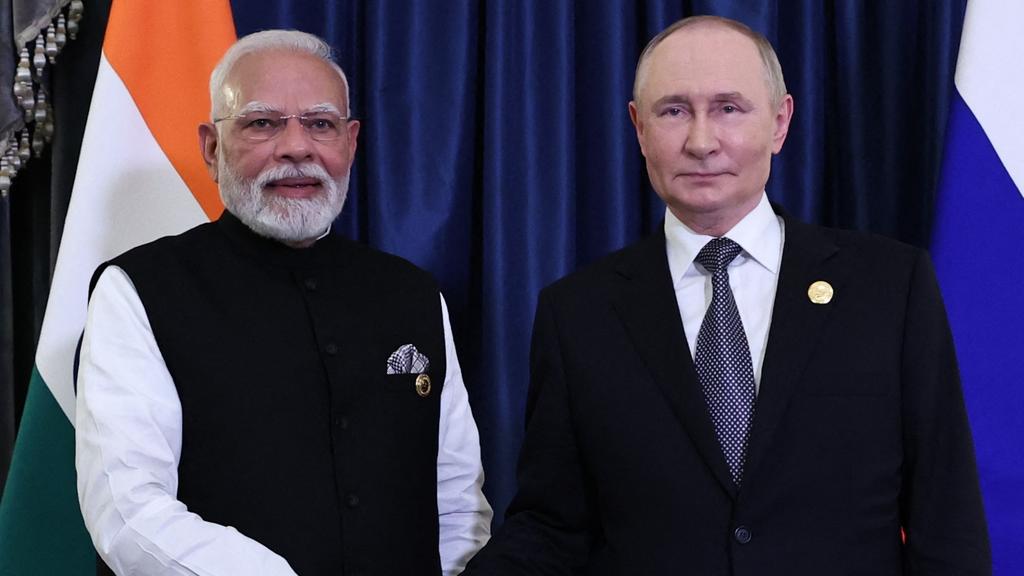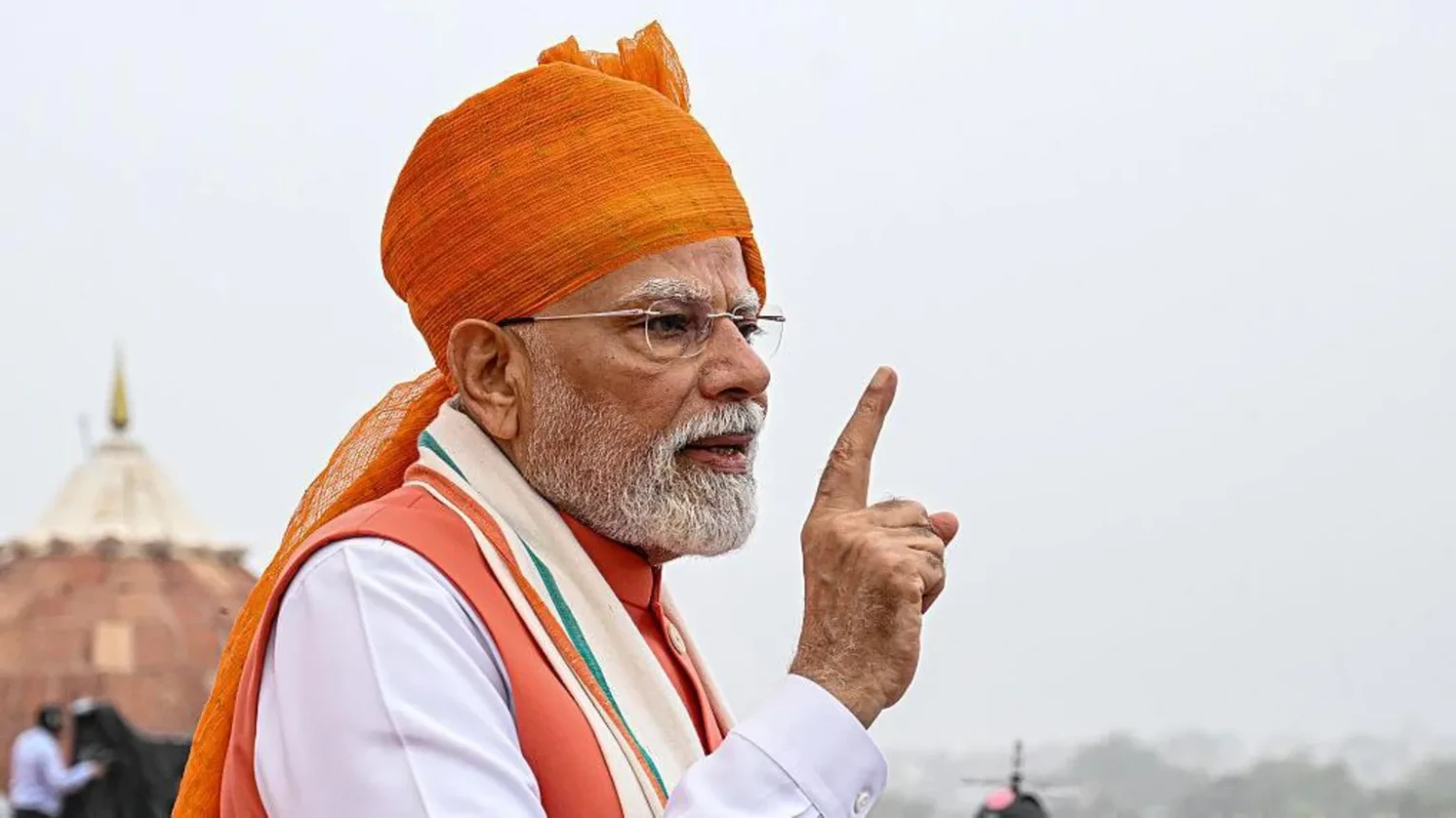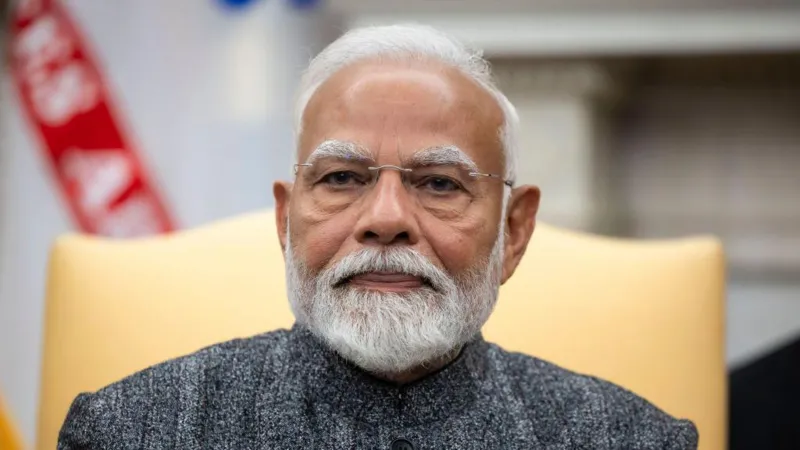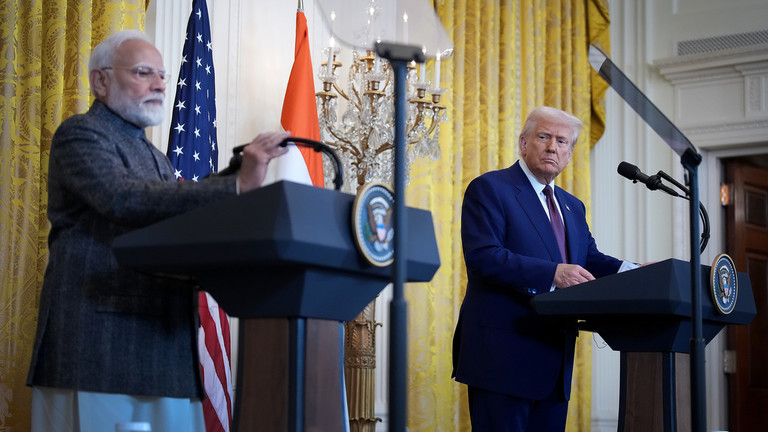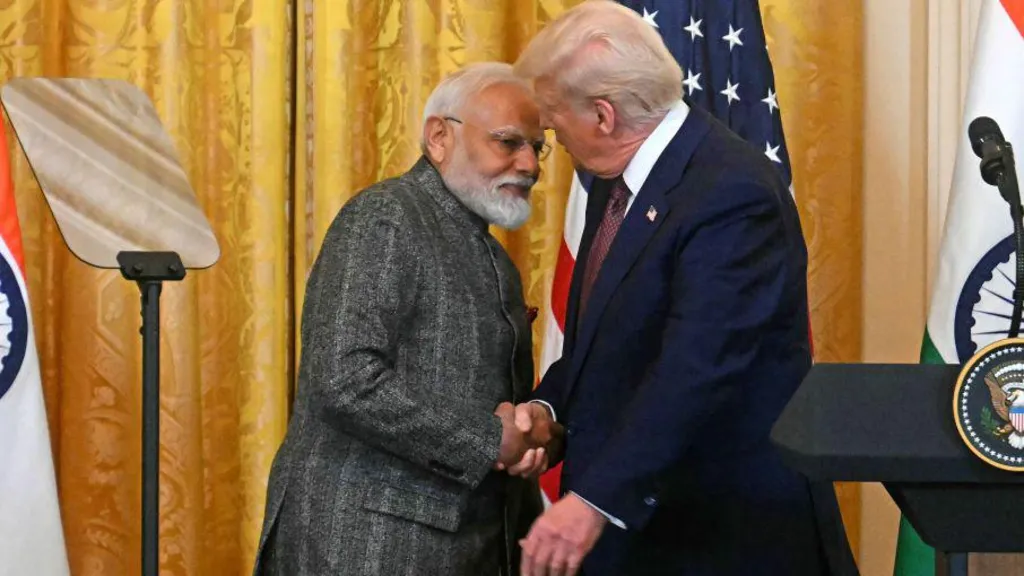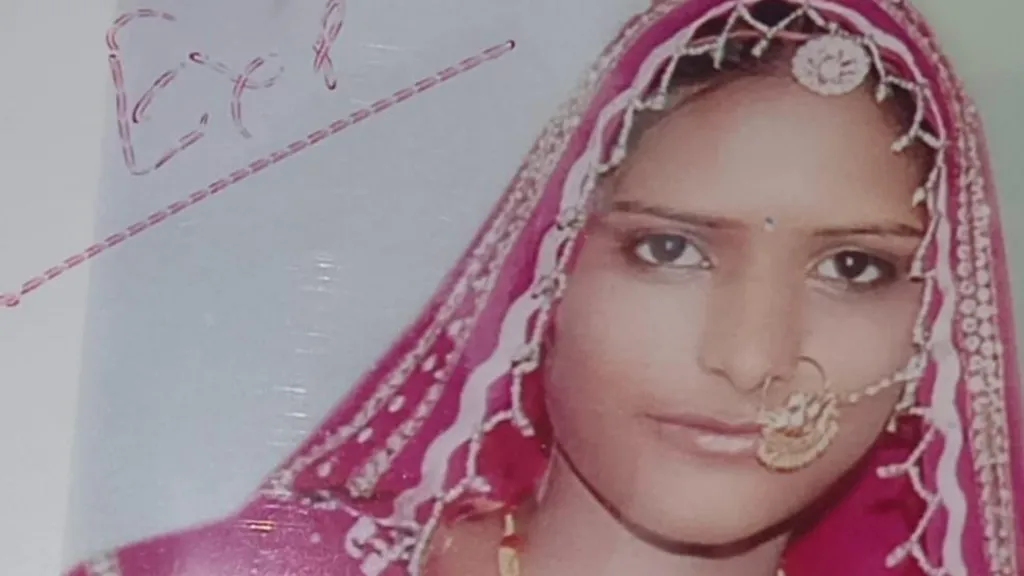
This article is more than
9 year oldIndia accused of flipflop on Koh-i-Noor diamond
New Delhi (AFP) - India's government has said it will make "all possible efforts" to get back the Koh-i-Noor diamond, part of the British Crown Jewels, sparking accusations of a u-turn after the solicitor general said the priceless gem was given to Britain.
The spectacular 108-carat gem, which came into British hands during the 19th century, is the subject of a historic ownership dispute and has been claimed by at least four countries including India and Pakistan.
On Monday India's Solicitor General Ranjit Kumar told the Supreme Court it had been given to Britain and not stolen, as many Indians believe.
The transfer of ownership formed part of a peace treaty signed in 1850 after Britain gained control of the Sikh empire of the Punjab, now split between Pakistan and India.
Sikh king Ranjit Singh in turn had taken it f-rom an Afghan king who had sought sanctuary in India. It is now set in the crown that was worn by Queen Elizabeth's mother until her death in 2002 and is on public display in the Tower of London.
Kumar's statement, in response to a private lawsuit brought by the All India Human Rights and Social Justice Front, a non-government organisation, sparked outrage among many Indians including Sikhs.
In a statement released late Tuesday, the government said it would "make all possible efforts to bring back" the diamond "in an amicable manner".
It said Kumar had merely been explaining the history of the diamond to the Supreme Court as well as previous administrations' views on the gem being a gift.
"The government of India remains hopeful for an amicable outcome whe-reby India gets back a valued piece of art with strong roots in our nation's history," it said.
- 'Forcibly snatched' -
The lawyer who brought the Supreme Court case, Nafis Siddique, welcomed the government's statement.
"The Koh-i-Noor is of Indian origin. It should be returned to India," he said.
But the main opposition Congress party, which also supports the gem's return, accused the government of a flipflop.
"On #KohinoorDiamond, #ModiSarkar has not just done a flip-flop. It has done a full flop," Congress party spokesman Sanjay Jha said on Twitter, referring to Prime Minister Narendra Modi's government.
The diamond had been an heirloom of the Afghan monarchy and before then was in Persian royal hands, but its true origins remain a mystery.
Its name translates as "Mountain of Light" and it is traditionally worn by a queen -- it is said to bring bad luck to any man who wears it.
The circumstances that led to it falling into British hands remain disputed.
The Sikh Gurdwara Prabandhak Committee, the religion's highest authority, said this week that Britain had "forcibly snatched" the stone f-rom the teenage son of Ranjit, known as the Lion of Punjab, after his death.
"The poor things were in no position to bargain," said Indian historian Narayani Gupta.
"It was a peace treaty which was dictated."
A leader of the Hindu nationalist RSS, the ideological fountainhead of Modi's ruling party, declared the diamond "India's property".
In 1976 Britain refused a request to cede the diamond, citing the terms of the Anglo-Sikh peace treaty.
Britain's Prime Minister David Cameron has also said he would oppose returning the diamond.
"If you say yes to one you suddenly find the British Museum would be empty," he told NDTV television in 2010.
"It is going to have to stay put."
